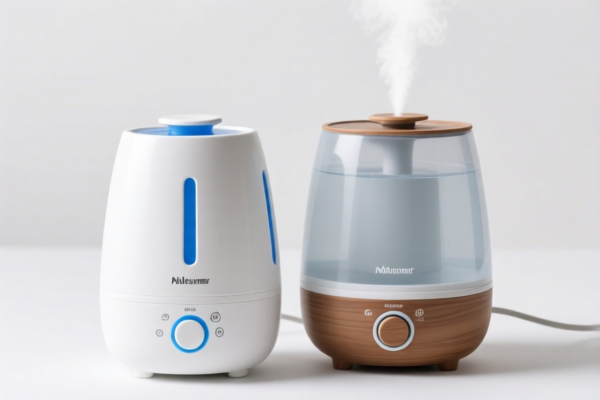| HS Code | Official Doc | Tariff Rate | Origin | Destination | Effective Date |
|---|---|---|---|---|---|
| 7323995030 | Doc | 55.0% | CN | US | 2025-05-12 |
| 7323993000 | Doc | 63.2% | CN | US | 2025-05-12 |
| 7326903500 | Doc | 87.8% | CN | US | 2025-05-12 |
| 3923900080 | Doc | 58.0% | CN | US | 2025-05-12 |




Iron Lunch Box
An iron lunch box is a container, traditionally constructed from sheet metal – typically steel or tinplate – used to carry food, most commonly a packed lunch. While largely superseded by plastic and insulated alternatives, iron lunch boxes retain historical significance and a niche presence due to their durability and aesthetic qualities.
Material
The primary material is ferrous metal, most often steel. Tinplate, steel coated with a thin layer of tin, was a common variation offering increased resistance to rust. Construction generally involves stamped or formed metal sheets riveted or welded together. Earlier models frequently featured painted exteriors for decoration and corrosion protection.
Purpose
The fundamental purpose is to transport food – sandwiches, snacks, and other lunch items – from home to a place of work, school, or travel. Historically, they provided a robust, reusable alternative to disposable packaging.
Function
Iron lunch boxes function as protective containers, shielding contents from physical damage and, to a lesser extent, environmental factors. They are not inherently insulated; however, the metal can offer some temperature stability, keeping contents cooler for a limited time. The secure latching mechanism prevents spillage.
Usage Scenarios
- School Lunches: Popular from the early 20th century through the mid-20th century, iron lunch boxes were a staple for students.
- Workplace Lunches: Used by laborers and office workers alike for transporting meals.
- Picnics & Travel: Suitable for carrying food during outdoor activities or trips.
- Collectibles: Vintage iron lunch boxes are now highly sought-after by collectors, valued for their nostalgic appeal and pop-culture imagery.
Common Types
- Single-Compartment: The most basic design, featuring a single space for food.
- Divided-Compartment: Featuring internal dividers to separate different food items.
- Thermos-Compatible: Designed to accommodate a separate thermos flask for hot or cold beverages.
- Character-Themed: Popularized in the mid-20th century, these boxes featured images of cartoon characters, superheroes, and other popular figures. Notable manufacturers like Aladdin and Thermos produced a wide range of character-themed boxes.
- Aladdin Lunch Boxes: A prominent brand known for their durable construction and detailed character designs.
- Vintage/Antique: Older models, often featuring unique designs and historical significance. These are typically valued for their collectibility rather than practical use.
An iron lunch box falls under articles of iron or steel, typically used for the conveyance or packing of goods, or as household articles. Here are the relevant HS codes based on the provided information:
- 7323995030: This HS code covers Table, kitchen or other household articles and parts thereof, of iron or steel; iron or steel wool; pot scourers and scouring or polishing pads, gloves and the like, of iron or steel: Other: Other: Not coated or plated with precious metal: Of tinplate Kitchen or tableware suitable for food or drink contact. If the lunch box is made of tinplate and intended for food contact, this code applies. The total tax rate is 55.0%, comprised of a 0.0% base tariff, a 0.0% additional tariff, and a 30% additional tariff on steel and aluminum products effective April 2, 2025, plus a 25% tariff.
- 7323993000: This HS code covers Table, kitchen or other household articles and parts thereof, of iron or steel; iron or steel wool; pot scourers and scouring or polishing pads, gloves and the like, of iron or steel: Other: Other: Coated or plated with precious metal: Other. If the lunch box is coated or plated with precious metal, this code applies. The total tax rate is 63.2%, comprised of an 8.2% base tariff, a 0.0% additional tariff, and a 30% additional tariff on steel and aluminum products effective April 2, 2025, plus a 25% tariff.
- 7326903500: This HS code covers Other articles of iron or steel: Other: Other: Containers of a kind normally carried on the person, in the pocket or in the handbag. If the lunch box is designed as a container for personal carrying, this code may be applicable. The total tax rate is 87.8%, comprised of a 7.8% base tariff, a 25.0% additional tariff, and a 30% additional tariff on steel and aluminum products effective April 2, 2025, plus a 25% tariff.
- 3923900080: This HS code covers Articles for the conveyance or packing of goods, of plastics; stoppers, lids, caps and other closures, of plastics: Other Other. If the lunch box is made of plastic, this code applies. The total tax rate is 58.0%, comprised of a 3.0% base tariff, a 25.0% additional tariff, and a 30% additional tariff.
Please carefully consider the material and intended use of the iron lunch box to determine the most accurate HS code. If the lunch box contains both iron/steel and plastic components, the predominant material will determine the appropriate classification.
Customer Reviews
No reviews yet.